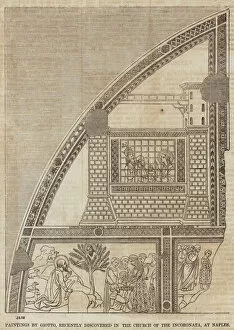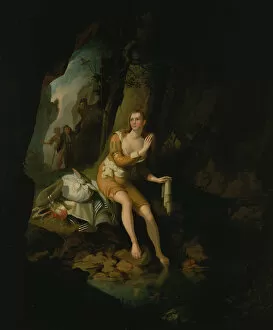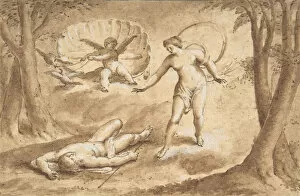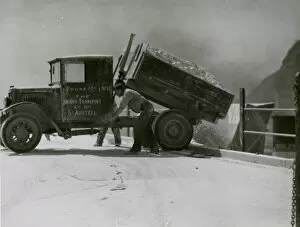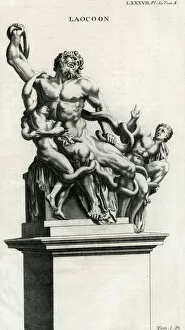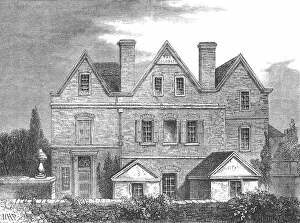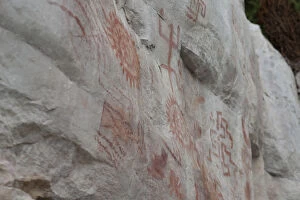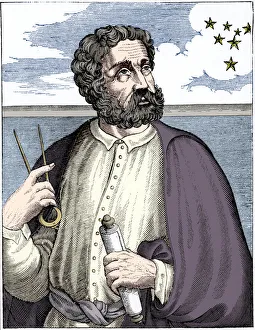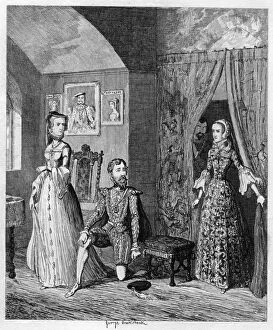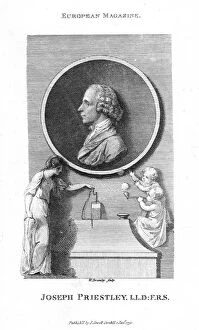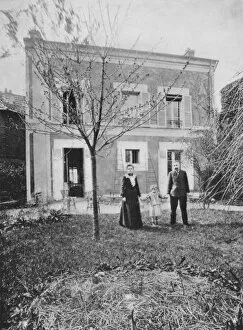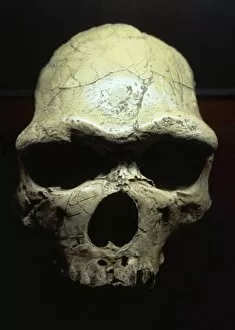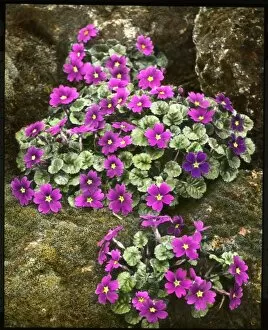Discovered Collection (page 8)
"Unveiling the Treasures of Time
All Professionally Made to Order for Quick Shipping
"Unveiling the Treasures of Time: From Ancient Sculptures to Mysterious Manuscripts and Extinct Creatures" Step into a world of discovery as we unravel the secrets hidden within these captivating artifacts. The Laocoon Sculpture 2, with its intricate details, takes us back to ancient times where artistry flourished alongside mythology. Meanwhile, The Capture Of Guy Fawkes, 1605 (c1850) transports us to a pivotal moment in history when conspiracies were foiled. The Theatre comes alive with A Cuckoo in the Nest 1925, Nerman - a glimpse into the vibrant world of entertainment that captivated audiences during an era long gone. Journey further through time as we explore the Roman Bath in London; remnants of an empire that once ruled over vast territories. Nature's wonders are also discovered within these pages – illustrations showcasing hummingbirds from the Trochilidae family remind us of their delicate beauty and grace. Onward we sail across seas with the Nydam Viking Ship, uncovering tales of exploration and conquest. Badoit Discovered introduces us to a refreshing taste sensation while Wilfrid Michael Voynich's enigmatic manuscript continues to baffle scholars worldwide. Alexandre Yersin's groundbreaking discoveries in medicine shed light on his invaluable contributions. Extinct creatures like Dinornis Moa take center stage as reminders of our planet's ever-changing landscape throughout millennia. Valentine Greatrakes' healing abilities astonish even today while liverworts illustrated in Hepaticae offer glimpses into nature's intricate patterns. Each hint represents a fragment from humanity's collective journey – stories waiting patiently for curious minds to unearth their significance. Join us on this voyage through time and knowledge as we celebrate what has been discovered and continue seeking what is yet unknown.


